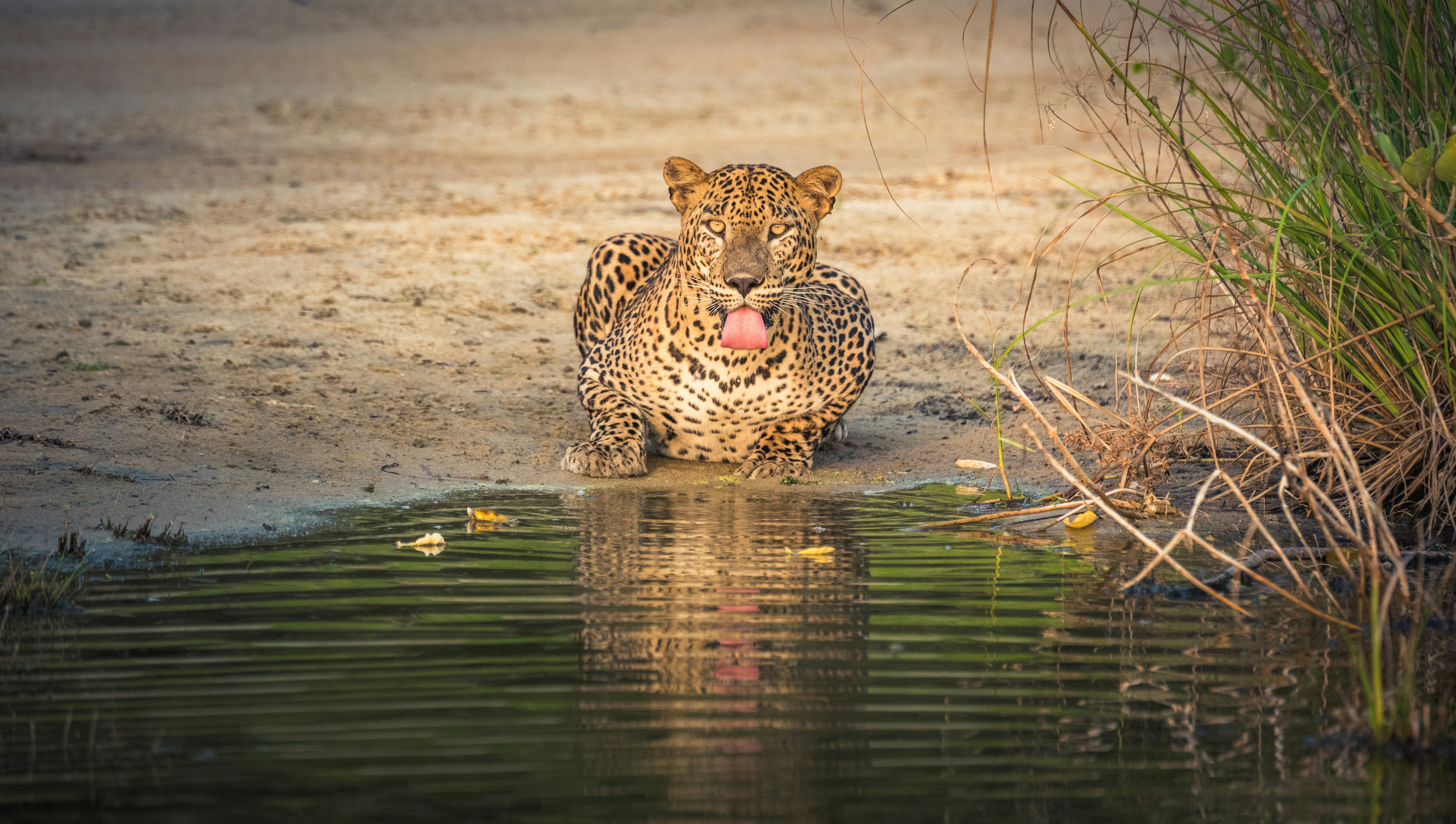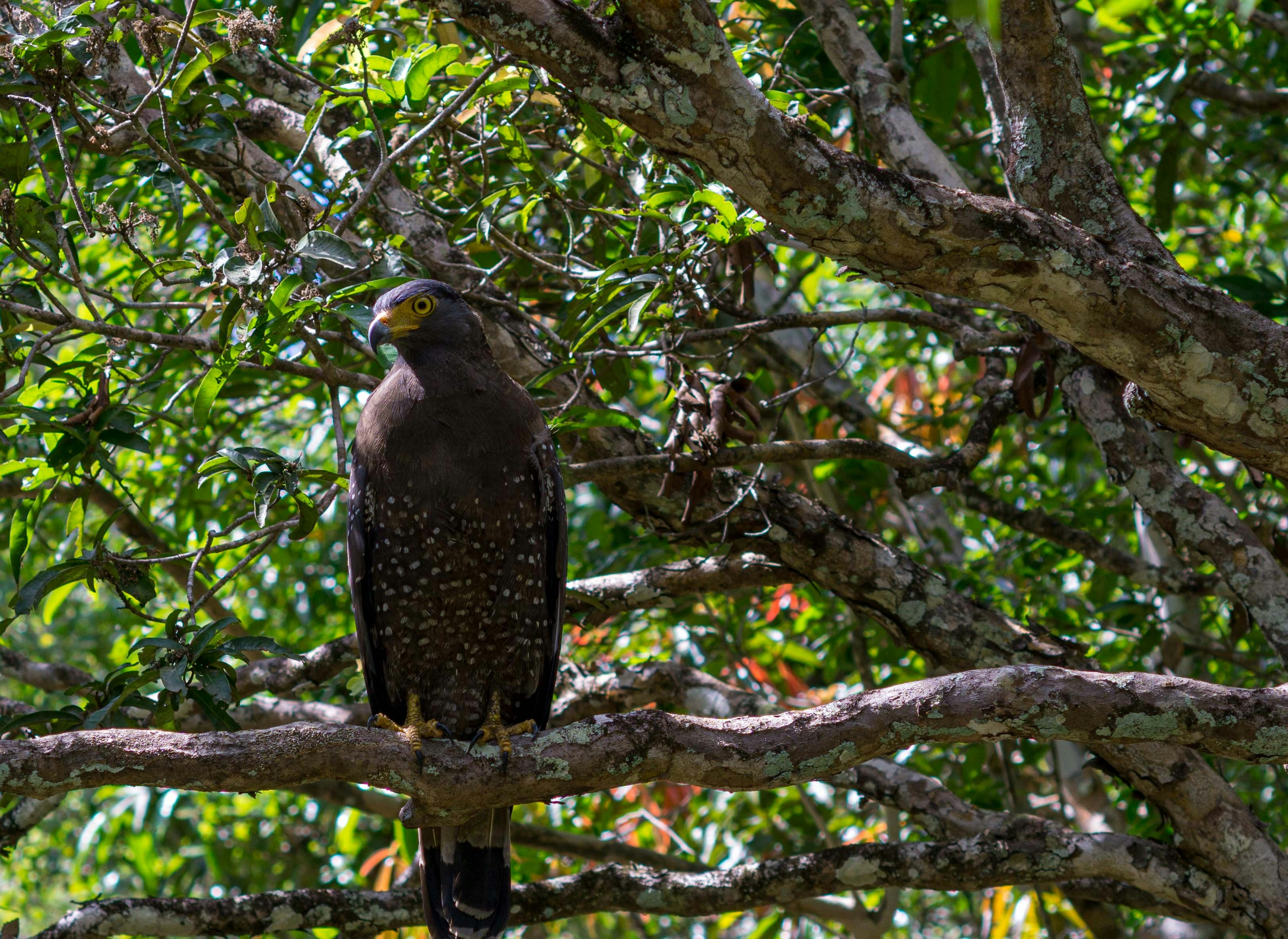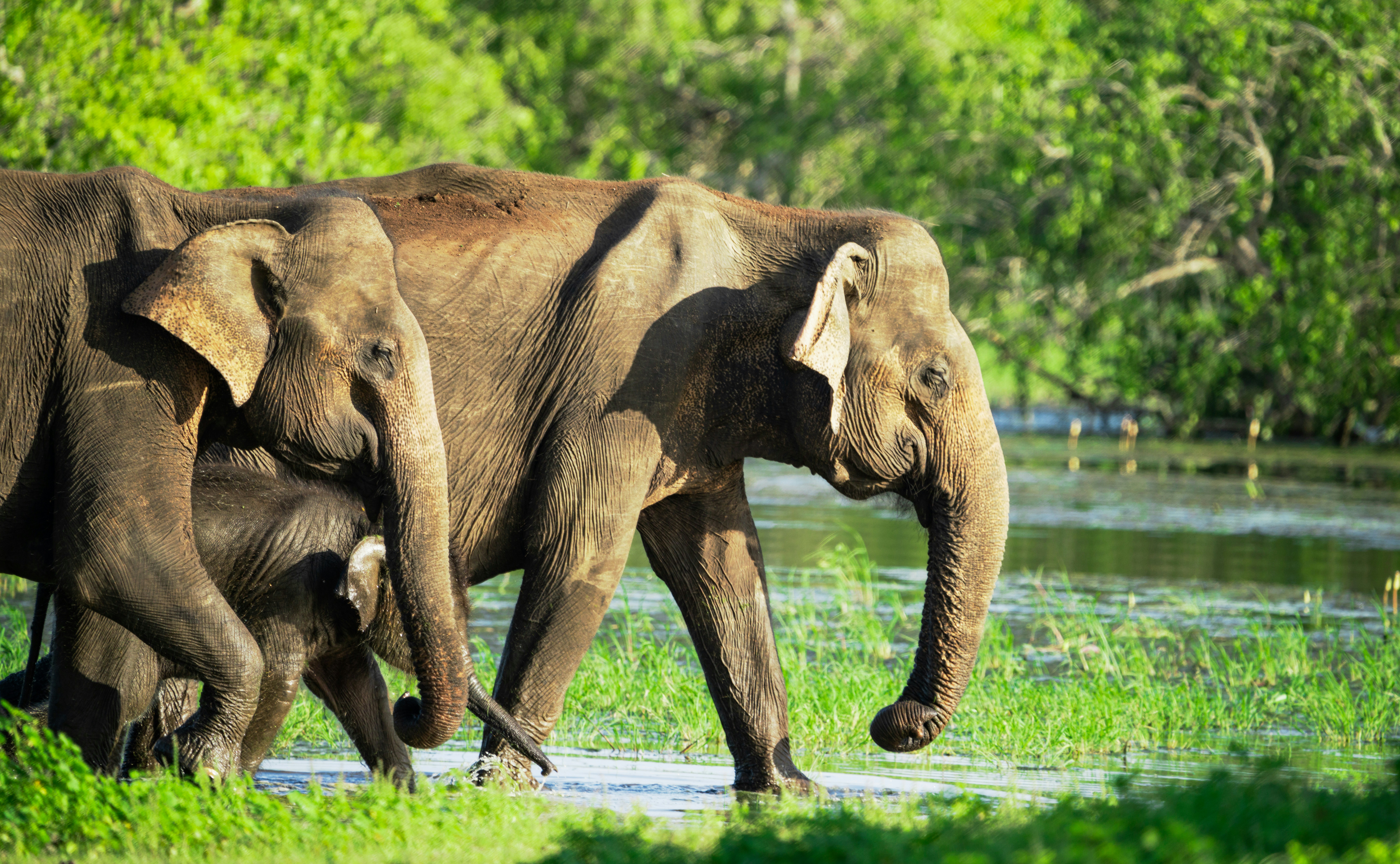Wilpattu National Park
Wilpattu National Park
Travel Place Details 'Wilpattu National Park'
Wildlife: The park is home to a variety of species, including elephants, leopards, sloth bears, water buffalo, spotted deer, sambar deer, and a wide range of bird species. It's particularly famous for its population of leopards, making it one of the best places in Sri Lanka to spot these elusive big cats.
Lakes and Villus: The park is characterized by its numerous natural lakes, known locally as "villus." These provide vital water sources for the park's wildlife and are scenic spots for visitors. Safaris often include visits to these lakes, where visitors can observe wildlife congregating around the water.
Vegetation: Wilpattu is primarily covered by dry zone tropical forest, interspersed with open grassy plains and scrublands. The landscape is diverse, ranging from dense thickets to open savannas, providing habitats for a wide range of flora and fauna.
Safaris: The park offers safari experiences, allowing visitors to explore its diverse landscapes and observe its wildlife. Jeep safaris are the most common way to explore the park, typically led by experienced guides who can help spot wildlife and provide insights into the park's ecology and history.
Cultural and Historical Significance: In addition to its natural attractions, Wilpattu National Park has cultural and historical significance. The park contains several ancient ruins and archaeological sites, including ancient Buddhist stupas and the remains of ancient settlements, reflecting its long history of human habitation.
Conservation Efforts: Wilpattu National Park has faced challenges such as illegal logging and poaching in the past, but efforts have been made to protect and conserve its natural resources. Conservation initiatives aim to preserve the park's biodiversity and habitats for future generations.
Note:
It's essential to follow park regulations and guidelines during your visit to ensure the safety and well-being of both visitors and wildlife.




